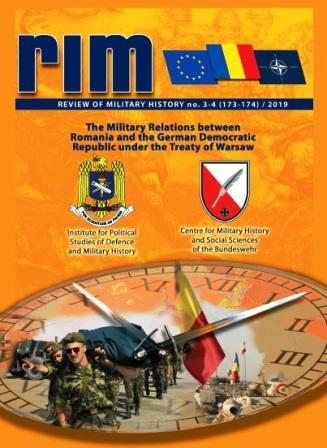Problema Dobrogei și Pacea de la București
Dobruja and the Treaty of Bucharest
Author(s): Manuel StănescuSubject(s): Ethnohistory, Military history, Security and defense, 19th Century, Pre-WW I & WW I (1900 -1919), Geopolitics, Peace and Conflict Studies
Published by: Editura Militară
Keywords: Dobruja; Romania; Romania in WWI; The Balkan wars; Russia and the Central Powers; Balkans;
Summary/Abstract: Dobruja represented and represents a space of great geopolitical importance; also, the territory between the Danube and the Sea was characterized by a variety of ethnic, religious and cultural interferences. The so-called “Dobruja problem” (a phrase used mainly by Bulgarian historiography and avoided by Romanian specialists) has its origins in a series of geopolitical, ethno-demographic and ideological developments following the Russian-Ottoman war of 1806-1812, ending with the annexation Moldova from the east of the Prut, henceforth called “Bessarabia” in Tsarist Russia, which thus reaches the mouth of the Danube with the border, in the immediate vicinity of Dobruja. Around the Peace in Bucharest of 1913, the Dobruja issue was a real Gordian knot. It exacerbated relations within the Central Powers and prevented finding a faster compromise solution with the Romanian side, interested in gaining as much time as possible, given that especially for Germany the need for a quick clarification of the situation on the Eastern Front was vital. The Dobruja problem would reach a new stage also later, during the peace negotiations.
Journal: Revista de istorie militară
- Issue Year: 2020
- Issue No: 3-4
- Page Range: 13-18
- Page Count: 6
- Language: Romanian

